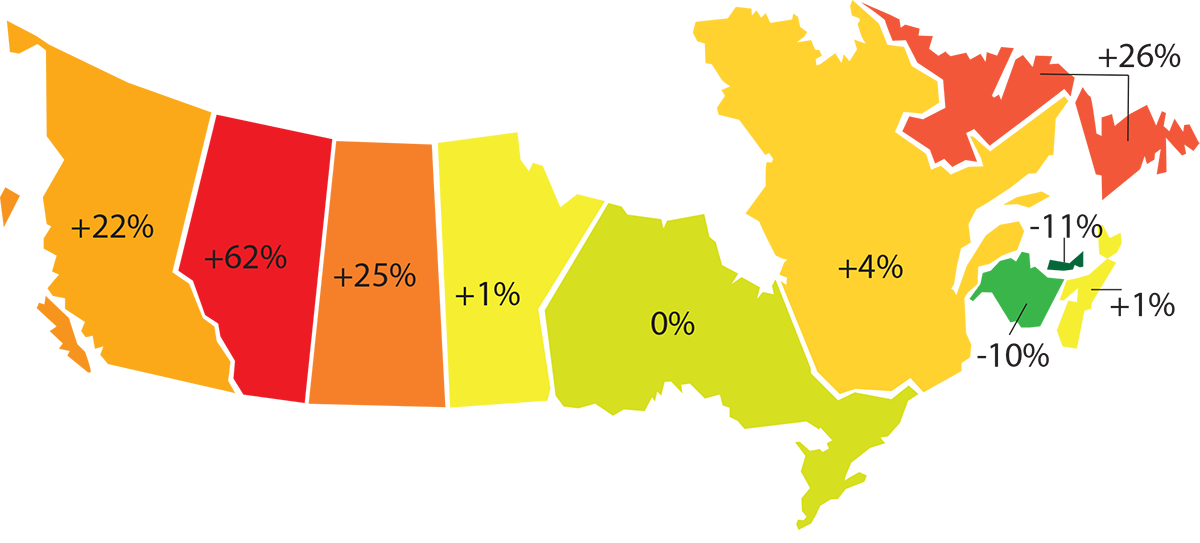It’s a disturbing sign. For the first time in six years, the increase in the number of unemployed people exceeded the number of new jobs created over the past year.
It’s usually only during recessions that the number of unemployed people increases more than the number of new people employed – but that’s what happened in the past year. The number of unemployed increased by 128,000 while the number of people employed increased by only 122,000 over the past twelve months to January 2016. It’s not a big difference, but it’s an ominous initial sign that could herald another real recession unless quick action is taken to grow the economy and increase employment.
Except during recessions, the number of jobs in Canada grows by an average of about 200,000 a year, keeping pace with population and labour force growth. The total number of unemployed people increases much more modestly, by an average of about 15,000 as the labour force grows.
Over the past year unemployment increased the most in Alberta, Saskatchewan, Newfoundland and Labrador, and British Columbia. In all these provinces, as well as in Manitoba, unemployment rates are expected to rise in 2016.
The fact that unemployment is increasing rapidly in regions that traditionally have lower unemployment rates underlines the need to reform the Employment Insurance system. We need to increase benefits and reform eligibility requirements to ensure EI meets the needs of all unemployed workers and their families.
Change in unemployment by province
January 2015 to January 2016



